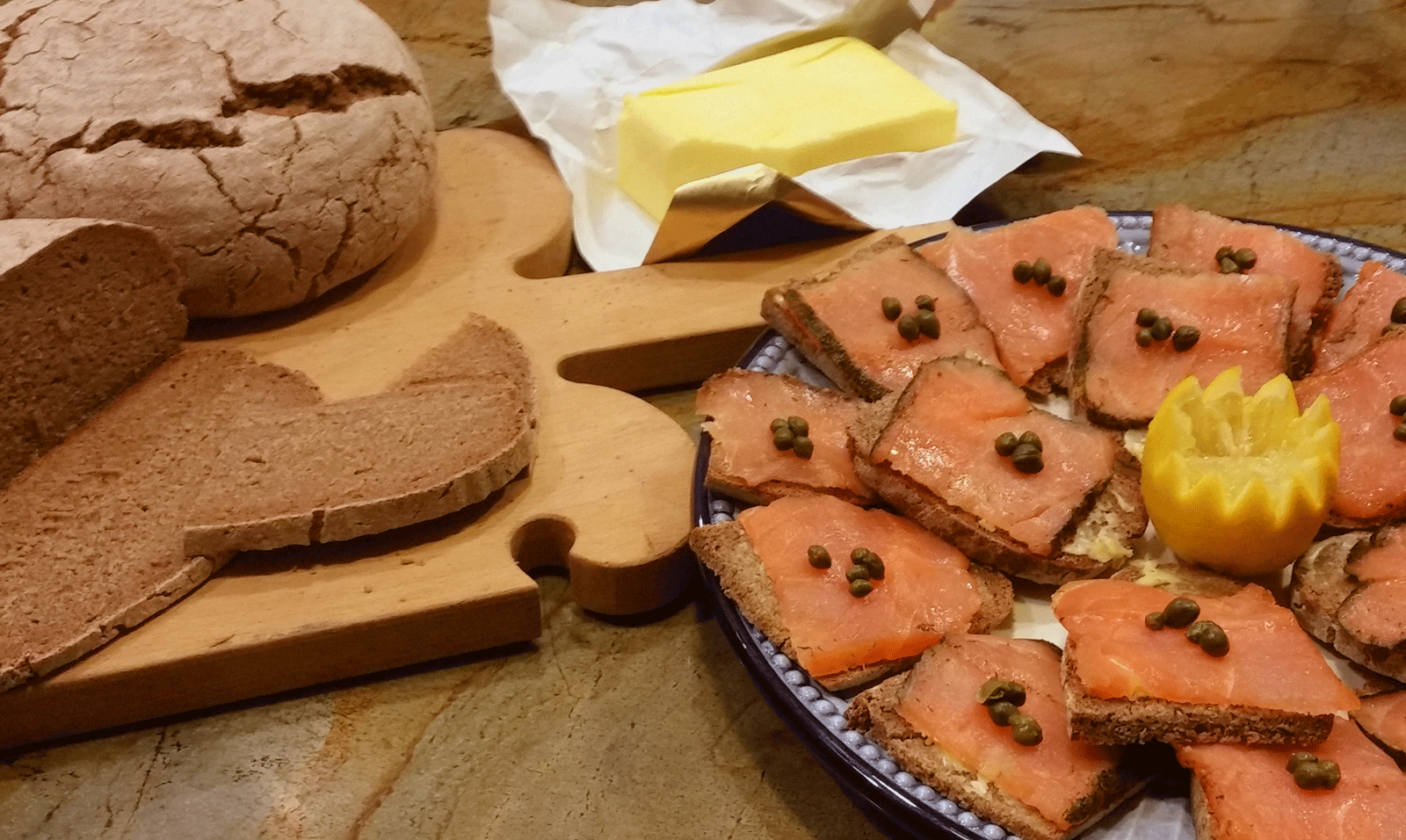| Rye %: | 100% |
| Stages: | Straight dough |
| Leaven: | None |
| Start to Finish: | 1 hour |
| Hands-on Time: | 40 minutes |
| Yield: | About 1½ dozen three-inch tarts |
During my first full day in Riga, I had lunch with Ieva, who helped me plan the 2018 Baltic Rye Tour. We met at a traditional Latvian restaurant nestled by a cobblestoned street and surrounded by 18th century buildings in the Old City. As we discussed the itinerary, which centered on Riga and southeastern Latvia, she said, “You should really go to Kurzeme (Latvia’s western province). They make these wonderful rye tarts filled with carrots.” I sipped my beer and filed the thought away for further consideration.










